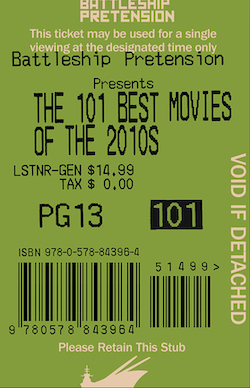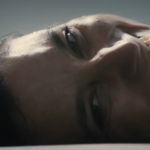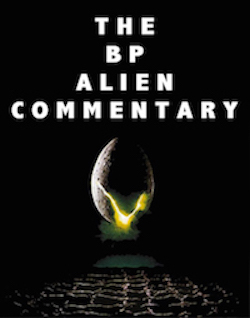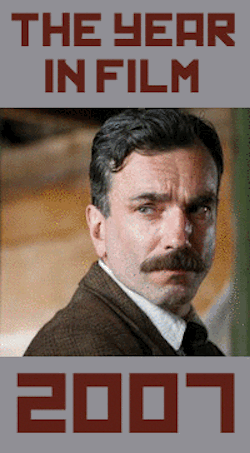Home Video Hovel: The Fate of Lee Khan, by David Bax

With the exception of a sly prologue and a bravura finale, King Hu’s 1973 The Fate of Lee Khan takes place almost entirely inside a 14th century inn located in rural China. In that sense, it could almost be a stage play. But only in that sense. Because Hu (Dragon Inn, A Touch of Zen) packs in a load of swift, dazzling action sequences as well as a specific kind of quiet tension that can only be produced by masterful filmmaking.
General Lee Khan (Tien Feng) and his army have come to the Shaanxi province to put down a growing rebellion. Lee and his sister (Feng Hsu) stop at the Spring Inn, operated by a group of women (Li Li-Hua, Angela Mao, Hu Chin, Helen Ma) who happen to be members of that rebellion and highly formidable warriors in their own right. Along with other rebels posing as accountants, drunks and other members of the small community, they scheme to steal the battle map that is the key to Lee’s military success.
Hu and composer Joseph Koo set the mood at high adventure and keep it there whether the stakes are as high as rebels fleeing archers on horseback or waiters delivering flasks of wine. And then, just when you might expect the music to swell, Hu drops it out of the mix completely during swordfights, leaving you only with footsteps, grunts and the clang of steel on steel.
Dragon Inn has been cited as one of the influences of Quentin Tarantino’s The Hateful Eight but The Fate of Lee Khan probably deserves nearly as much credit. Hu and cinematographer Tsing-Can Chun display a mastery of the scope frame that’s just as evident in the climax’s vistas as in the close-ups and medium shots inside the Spring Inn where most of the action takes place. The Fate of Lee Khan‘s third act also bears a resemblance to Django Unchained but to describe how would be a spoiler. It’s no surprise that Tarantino clearly learned as much as he did from Hu since The Fate of Lee Khan could function as a master class on cinematic blocking within a moving frame. If you’re going to make a movie that consists mostly of a series of long, dialogue-heavy scenes, you’re going to have to consider every shot carefully.
Film Movement Classics also seems to have considered every shot pretty carefully in their 2K digital restoration, which is crisp and tactile throughout. And the audio mix, available in 5.1 and stereo, does justice to Koo’s driving music.
Special features include a filmed discussion from the New York Asian Film Festival as well as an essay by Stephen Teo.



























